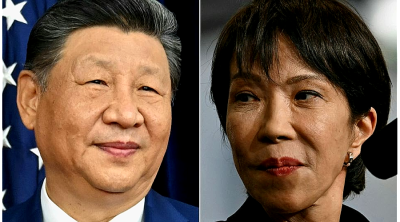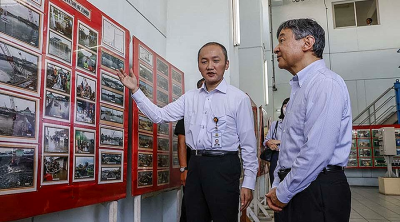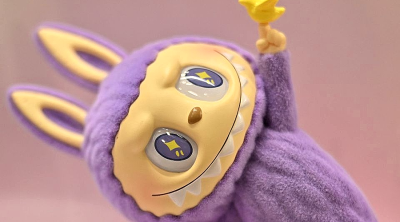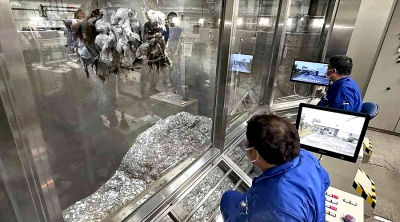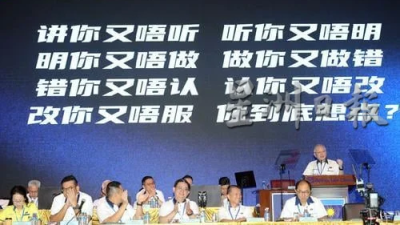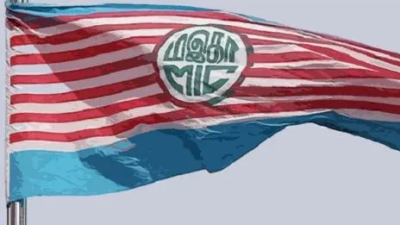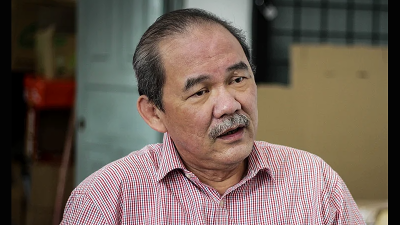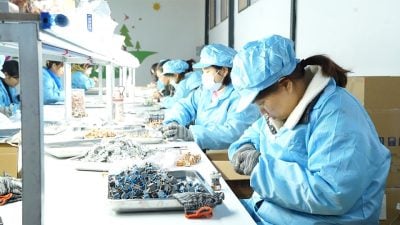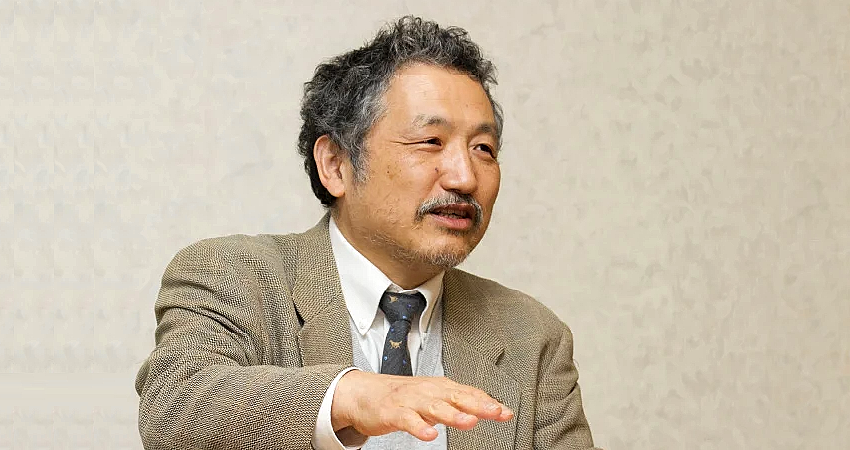
A year and a half has passed since the regular release of water treated with the Advanced Liquid Processing System (ALPS) from the Fukushima Daiichi Nuclear Power Station (FDNPS).
Unfortunately, there are still countries that impose import restrictions on Japanese seafood despite scientific analysis confirming its safety.
The International Atomic Energy Agency (IAEA) website has two reports dated March 24, 2025.
One is a report on the analysis of the ALPS-treated water itself, conducted independently by institutions in a number of countries, and the other is a report on the analysis of seawater and fish in the area where the ALPS-treated water was released, also conducted independently in a number of different countries.
Both reports are follow-up reports from last year in January 2024. Participating institutions include IAEA laboratories, Japanese institutions such as Tokyo Electric Power Company (TEPCO), and Korean institutions as last year.
Chinese institutions have also joined this year. The Chinese institutions participating in the study are the China Institute of Radiation Protection and the Third Institute of Oceanography at the Ministry of Natural Resources.
The results of the Chinese institutions’ analyses carry the same weight as those of all the other participating institutions.
And the analysis of each laboratory again confirms that the concentrations of radioactive materials are sufficiently low, meaning that the release of ALPS-treated water has no negative impact on the environment.
The contaminated water produced during the decommissioning of the FDNPS is treated using the ALPS to reduce contaminants to safe concentrations before the water is discharged into the ocean.
The only contaminant that cannot be treated is tritium, but it has been confirmed that the tritium in the ALPS-treated water does not affect the environment because it is diluted to a sufficiently low concentration before release.
The first report released in March shows the results of the participating laboratories’ analyses of the concentrations of radioactive materials in the ALPS-treated water.
With the exception of tritium, the analyses were carried out at low concentrations and were therefore technically quite difficult.
Nevertheless, the results for all countries, including China, were largely consistent.
All of the participating laboratories have excellent analytical technology. In their analyses, the tritium concentration found in the pre-discharge ALPS-treated water was almost exactly the same, at about 210,000 Bq/L.
Since the water when released into the ocean is diluted about 1,000 times to between 200 and 300 Bq/L, if measured against the WHO drinking water guideline of 10,000 Bq/L, tritium is released at a concentration that is well within the safe guideline.
Tritium is released into the atmosphere and oceans from nuclear power plants around the world, including from plants in China.
The Qinshan Nuclear Power Plant, for example, releases about 220 trillion Bq of tritium per year, an order of magnitude 10 times greater than the 22 trillion Bq released by the FDNPS.
In other words, the results of the Chinese analysis show that the amount of tritium released in ALPS-treated water in Japan is much smaller than that released from Chinese nuclear power plants and has no negative impact on the environment.
The second report released in March is the analysis of seawater and fish from the area where the ALPS-treated water was discharged into the ocean.
The results of the analysis in each country, including by the laboratories in China, confirmed that the tritium concentration was sufficiently low, meaning safe. Specifically, it was about 0.3 to 0.5 Bq/L.
The concentration of tritium naturally contained in rainwater is about 1 Bq/L, so even compared to rainwater, the concentration of tritium is low and safe.
The Chinese laboratories’ results confirm that the release of ALPS-treated water into the ocean is completely safe and will have no adverse effect on the environment.
And yet, the Chinese side contends that this analysis is not enough.
Of course, it is important to continue the analysis on an on-going basis. However, the results of the Chinese laboratories’ analyses this time were equivalent to those of the IAEA.
The IAEA has been conducting independent analysis on an ongoing basis since before the release of the ALPS-treated water to confirm safety.
From a scientific point of view, the results of this report mean that the Chinese institutions have confirmed the reliability of the IAEA analysis.
Since the IAEA analysis and the Chinese analyses are equivalent, and the previous IAEA analysis results are also highly reliable, it can be said that the Chinese analyses support both the latest and previous IAEA analyses.
It is illogical for the Chinese side to say that “one test is not enough”.
Needless to say, it is important to check the situation continuously. However, China has consistently called the ALPS-treated water “contaminated water”. This is an unfounded term.
Now, based on its own laboratories’ analyses, China has publicly stated that it has found no problems with what it calls “nuclear contaminated water”.
Maintaining that “one test is not enough” is a position that only belittles the results jointly presented by the IAEA laboratories and other research participants.
It is to be hoped that China and Japan will soon achieve a win-win situation on the basis of the latest scientific reports, meaning a mutual understanding of the safety of releasing ALPS-treated water that will lead to a revitalization of economic exchanges, including trade in seafood products.

(Koji Okamoto is Professor at the University of Tokyo, Japan.)
ADVERTISEMENT
ADVERTISEMENT








